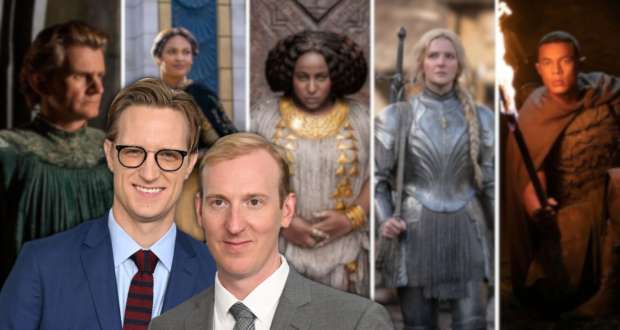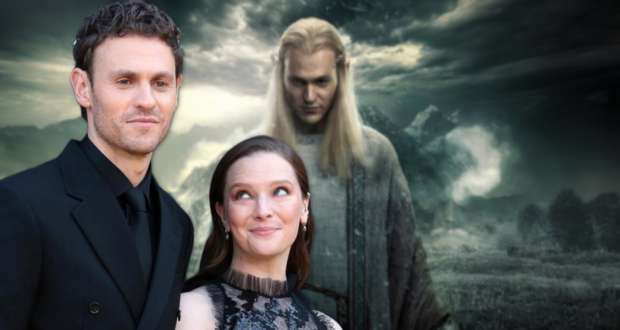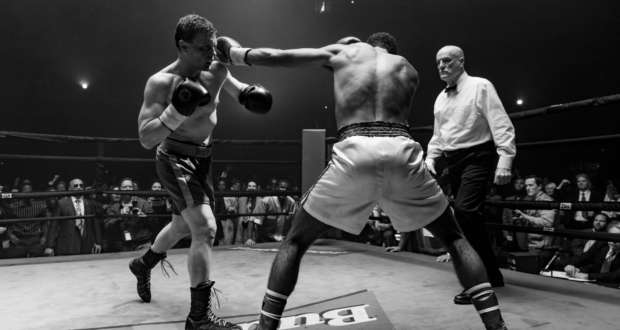Not so long ago people used to find out about new movies only from printed advertising or directly in the movie theater while watching trailers.
Thanks to technological progress, the 21st-century cinema industry made a giant leap forward, and so did the way of popularizing it. The number of new movies grows rapidly, and filmmaking companies now think not only about producing a movie itself but how to make potential viewers interested in watching it?
The major part of products that we consume needs to prove to users its value so the goal of the ads is to boast about this product as much as possible. But with the movie-making industry, it can’t work like that. Who wants to go and buy a cinema ticket, if the plot is already there, in the trailer (say hello to the last “Terminator” trailer, for example)?
The golden key to promote a movie is building up a mystery around it. The bigger the intrigue is, the better.
Social media users want to be blown away and entertained. That’s why social media-based strategies are a good pick for marketing campaigns. They can be short, which helps to spread them cross-platform and thus engage more viewers. To boost the interest even more marketologists can use different paid services, like https://socialsgrow.com/ to buy social media views, likes or subscribers. The sooner video spreads, the bigger number of people will buy the ticket to the cinema.
These days social media occupies more and more attention from potential viewers. So moviemakers start using it for marketing purposes.
How do they do that? Here are the examples how social media tools proved to be highly effective in the cinema industry.
THE BLAIR WITCH PROJECT, 1999
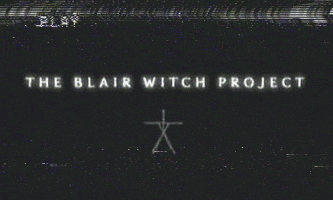 This horror movie is one of the first movies, whose production used the Internet for promotion. It was released before the era of social networks, but the online community was already growing bigger and stronger through forums and first messengers.
This horror movie is one of the first movies, whose production used the Internet for promotion. It was released before the era of social networks, but the online community was already growing bigger and stronger through forums and first messengers.
This movie was shot in a new subgenre of found-footage and imitated a documentary. That fact allowed to promote the film amid potential viewers with the help of a site, which contained:
- fake newsreels
- dossiers
- faux interviews
- police reports
- and printed sheets of people missing.
The biggest discussion amid the Internet community was “Is it real or fake?”
Having a budget of $60 million, The Blair Witch Project made almost $250 million gross.
Minds were shaken, suspense got higher, and thanks to the success of this movie filmmakers all around the industry turned their attention to the possibilities of online promotion.
CLOVERFIELD, 2008
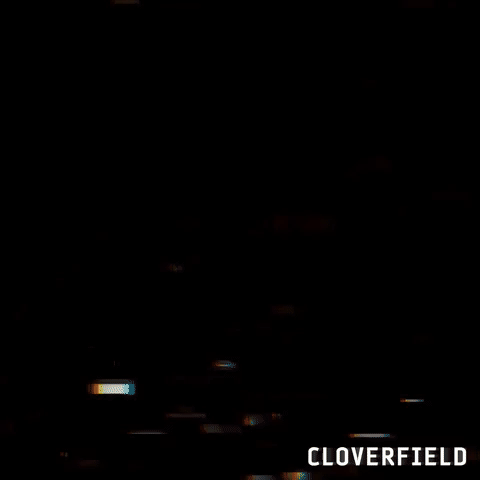 The brightest example of viral promotion. The first video was released on YouTube approximately six months before the movie premiere and made a big fuss. It showed a casual party followed by shots of destruction of New York City and the head of the Liberty Statue falling on the ground. The video included only the upcoming movie’s title and it made the fog around the movie even bigger.
The brightest example of viral promotion. The first video was released on YouTube approximately six months before the movie premiere and made a big fuss. It showed a casual party followed by shots of destruction of New York City and the head of the Liberty Statue falling on the ground. The video included only the upcoming movie’s title and it made the fog around the movie even bigger.
Later, after a certain period of silence, accounts of protagonists appeared in social media, like Facebook and MySpace. Such moves along with fake sites about drink Slusho and fictional Japanese company Tagruato started creating rumors around the upcoming movie. That’s just what the marketing team needed. Some people were sure that the movie would be a remake of Godzilla.
Closer to the release date few more details were revealed, and that made the audience even more engaged and interested.
With its budget of $15 million, the film earned $170 million worldwide.
WORLD WAR Z, 2013
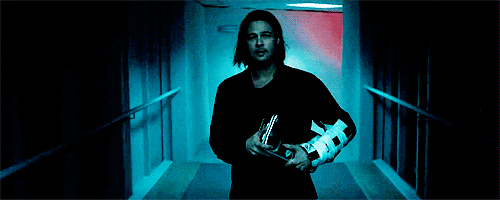 This movie was marketed practically the same way, as the Cloverfield, and thus rolled the zombie-themed films to the new level. Before the release of the movie, a few videos were launched on popular social platforms. All of them were describing weird cases around the world which seemed to be connected by something. Very soon they went viral on YouTube. The main purpose of those videos was to engage viewers in finding online the Crisis Zero (the actual salvation for the puzzle given in the viral videos).
This movie was marketed practically the same way, as the Cloverfield, and thus rolled the zombie-themed films to the new level. Before the release of the movie, a few videos were launched on popular social platforms. All of them were describing weird cases around the world which seemed to be connected by something. Very soon they went viral on YouTube. The main purpose of those videos was to engage viewers in finding online the Crisis Zero (the actual salvation for the puzzle given in the viral videos).
This campaign served not only to bring attention to the upcoming movie but to make the story-telling more realistic and strong.
THE BLACK PANTHER, 2018
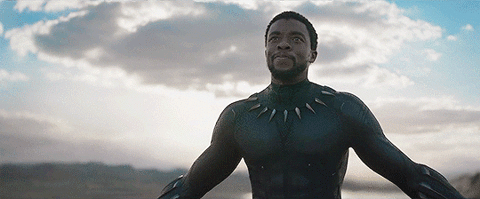 This movie was an ethnic diversity-based marketing project, which captured viewers minds long before the production even started. The main goal of the promotion team was to hit as many target auditories as possible. Among the most significant moves within the social media, tools were bringing the ray of attention to the segment of underprivileged children and young adults.
This movie was an ethnic diversity-based marketing project, which captured viewers minds long before the production even started. The main goal of the promotion team was to hit as many target auditories as possible. Among the most significant moves within the social media, tools were bringing the ray of attention to the segment of underprivileged children and young adults.
Different fundraisers and charity organizations launched the hashtag #BlackPantherchallenge on Twitter chasing the purpose to raise money for children, who were not able to see the movie. It echoed throughout all the U.S., engaged celebrity participants, and as a result, raised more than 40,000$ for the campaign goals.
THE HOBBIT: AN UNEXPECTED JOURNEY, 2012
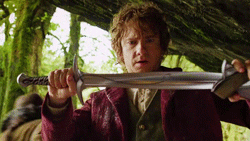 Peter Jackson has decided to make a bold move and become closer to the audience. While filming his upcoming epic trilogy Hobbit in New Zealand, he started a regular video blog on YouTube. Jackson revealed to the wide audience all things he considered to be interesting. He filmed the natural way things go on set and shared his thoughts with viewers, automatically luring them into the magical world of his creation. A blog like this helps viewers to feel more engaged, it makes them feel like a part of the process and drives the interest to see the final result.
Peter Jackson has decided to make a bold move and become closer to the audience. While filming his upcoming epic trilogy Hobbit in New Zealand, he started a regular video blog on YouTube. Jackson revealed to the wide audience all things he considered to be interesting. He filmed the natural way things go on set and shared his thoughts with viewers, automatically luring them into the magical world of his creation. A blog like this helps viewers to feel more engaged, it makes them feel like a part of the process and drives the interest to see the final result.
MEN IN BLACK III, 2012
 Before the release of a movie, Sony Entertainment created a blog to heat the interest of the audience. The faux author of it was a 14-year old teenager with a nickname BugEyes. He posted different interesting facts and videos describing the progress of movie-making. His Facebook account grossed 129 thousands of likes.
Before the release of a movie, Sony Entertainment created a blog to heat the interest of the audience. The faux author of it was a 14-year old teenager with a nickname BugEyes. He posted different interesting facts and videos describing the progress of movie-making. His Facebook account grossed 129 thousands of likes.
ORANGE IS THE NEW BLACK, 2013 – 2019
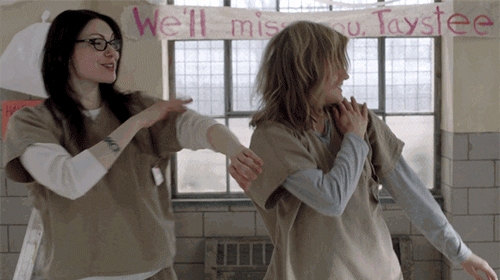 The series is translated on Netflix. Every season the episodes come out all at once, so the creators cannot keep the public engaged between the release of each episode. And the marketing team of production came up with the most productive promotion strategies.
The series is translated on Netflix. Every season the episodes come out all at once, so the creators cannot keep the public engaged between the release of each episode. And the marketing team of production came up with the most productive promotion strategies.
On Facebook they launched the hashtag On Wednesdays We Wear Orange, which encourages fans to wear orange on Wednesdays (surprising, isn’t it?), upload the photos and tag them. Among other moves are:
- Videos from backstage
- Funny horoscopes with the main cast
- Interactive games with subscribers
- Thematic clips from previous seasons, etc.
This strategy brought to the project more than 7 million fans.
THE WITCHER, 2019
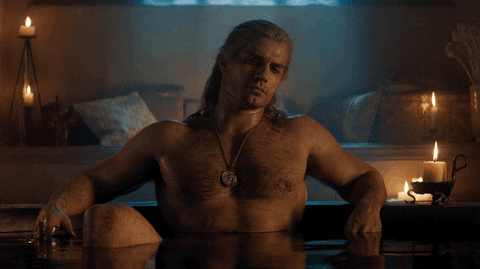 This title is also released on Netflix. The main course of marketing was hyping around the cast and visual effects. The game and the book already had an army of fans, who provided very lively discussions upon the topics given.
This title is also released on Netflix. The main course of marketing was hyping around the cast and visual effects. The game and the book already had an army of fans, who provided very lively discussions upon the topics given.
The producing company created an official account for the project on Instagram, where they posted editorial photos, news and topics for followers to discuss. They also speculated on viewers’ expectations and tastes – one of the most discussed themes around The Witcher was the probability of casting the actress of the BAME category (Black, Asian or Minor Ethnicities) to play an originally white-skinned character.
As a result of quite a controversial campaign, The Witcher reached a mark of 76 million viewers during the first month of release.
EX_MACHINA, 2015
 As the plot of the movie is bound to technological progress, one of the quirky marketing moves was the creation of a Tinder account, where users could communicate with Ava (portrayed by Alicia Vikander). The goal of the conversation was to lead the users to an Instagram account, where they discovered promo materials to the movie. The creators of Ex_Machina later noted that this strategy helped them to target younger audiences.
As the plot of the movie is bound to technological progress, one of the quirky marketing moves was the creation of a Tinder account, where users could communicate with Ava (portrayed by Alicia Vikander). The goal of the conversation was to lead the users to an Instagram account, where they discovered promo materials to the movie. The creators of Ex_Machina later noted that this strategy helped them to target younger audiences.
With a budget of $15 million, the film grossed $36 million worldwide.
-
Acting - /10
0/10
-
Cinematography/Visual Effects - /10
0/10
-
Plot/Screenplay - /10
0/10
-
Setting/Theme - /10
0/10
-
Watchability - /10
0/10
-
Rewatchability - /10
0/10

